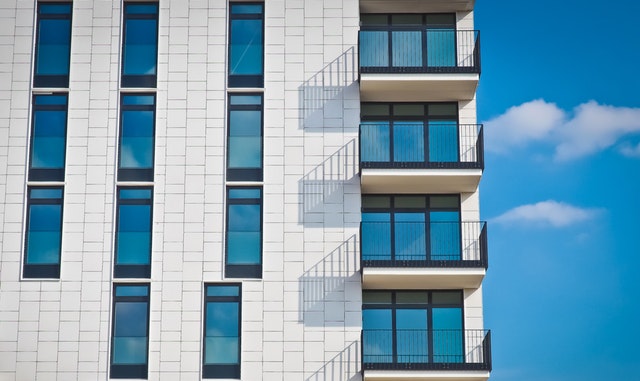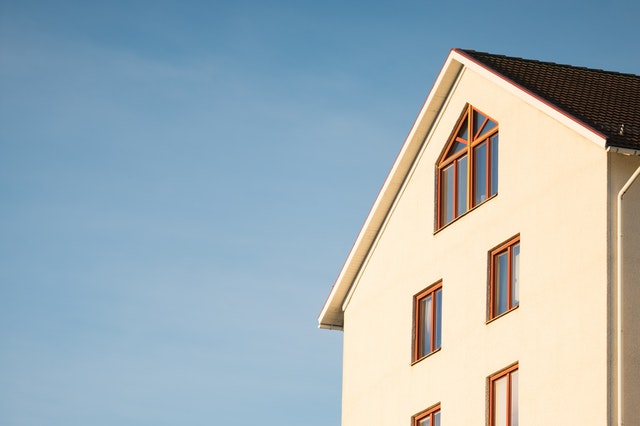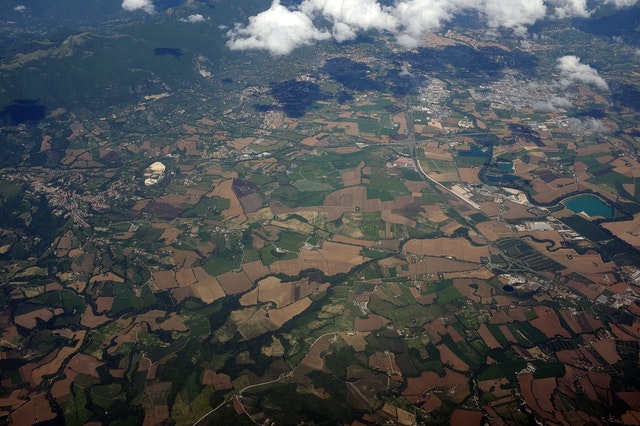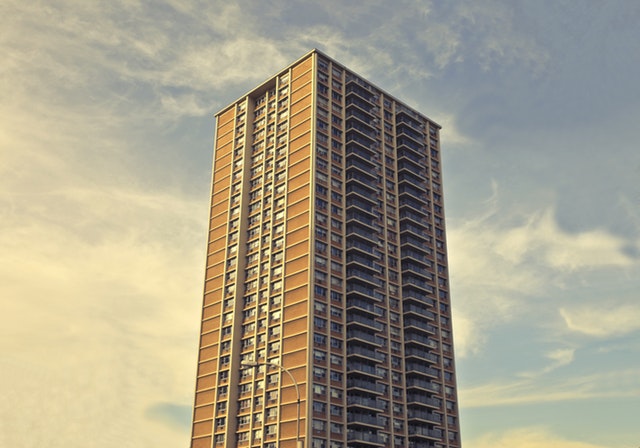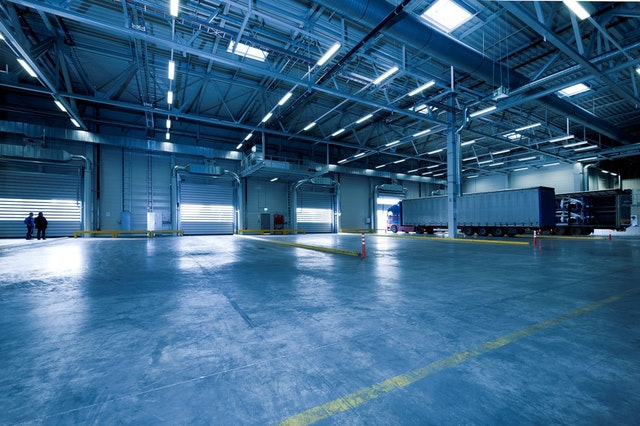Riga city microdistrict: Imanta.
Imanta is one of the most populated districts of Riga. Nowadays, it is clearly marked by the Jūrmala highway, as well as two semicircular streets – Anniņmuižas boulevard and Kurzemes prospectus – between which large arrays of apartment buildings have been built faster than in other districts since the late 1960s. However, the neighborhood extends further to the tracks both to the south, where it collides with Zolitūd, and to the east to the borders of Zasulaukas, Nordeķi and Iļguciems. A wide area of private houses belonging to Imanta also extends to Babīte.
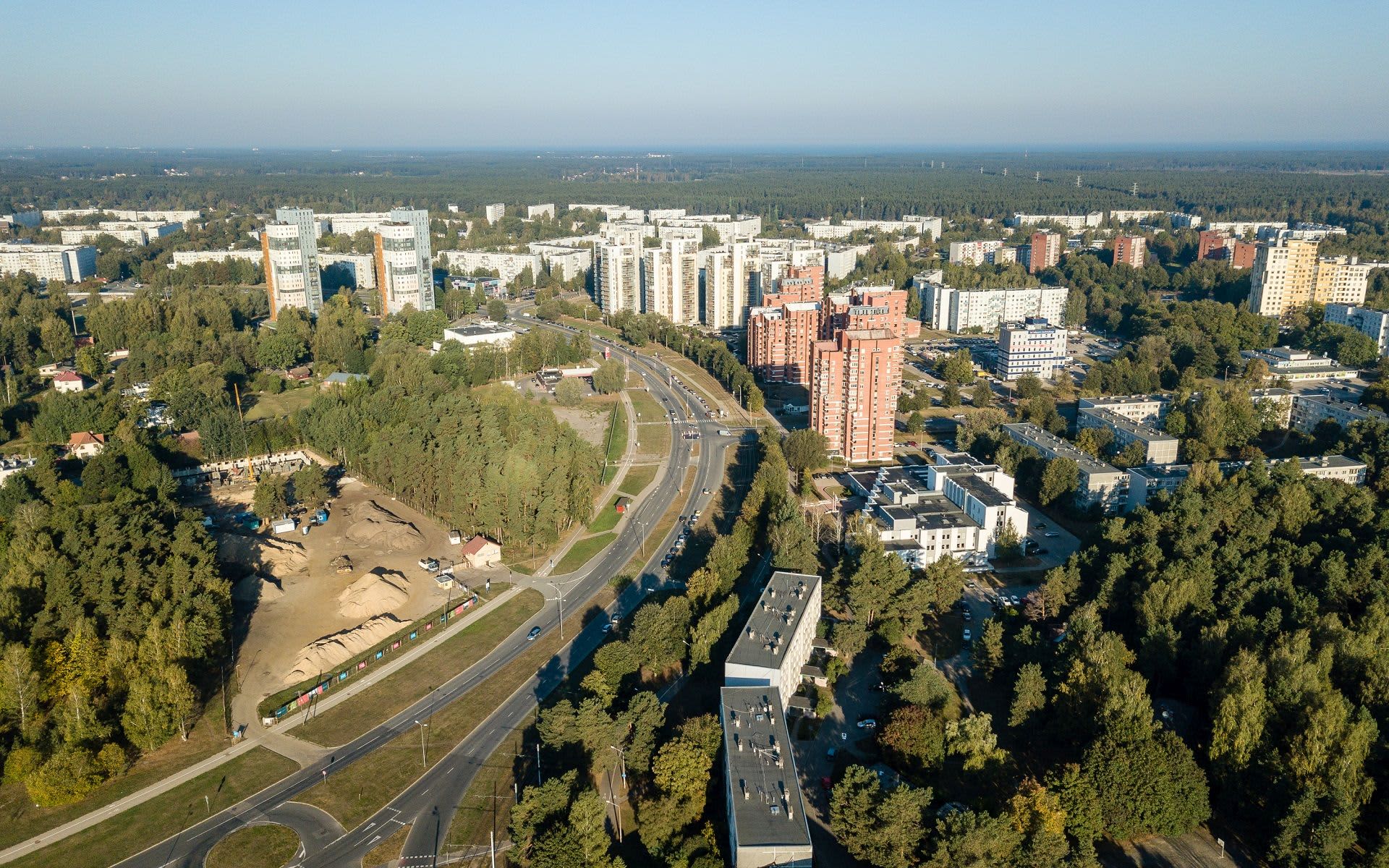
Already in the 15th-17th centuries. The mayors of Riga and wealthy landlords, having obtained plots of land from the city for a small fee, began to build the vast meadows in what is now Pārdaugava, and built manors there, which were both divided and united over time, experiencing changes of both owners and names. The current Imanta neighborhood has formed on the territory of the former Anniņmuiža, Liela and Mazās Damme manors, as well as Zolitude manor. Zeibart manor and Šulcmuiža were also located in the northeastern part of the currently accepted Imanta area. Of all the former manors in the area, only the house of the Anniņmuižas lords has survived, the others are evidenced only by the names of the manors contained in some street names. Anniņmuiža is the only one of the manors in the Imanta area, from which a structure has survived – the residential house of Anniņmuiža built in the last quarter of the 19th century in the Neo-Renaissance style (the so-called “forest castle”). Anniņmuiža was first mentioned as real estate in 1595.

Imanta buildings are dominated by five (series 464 and 467) and nine (series 602) storey panel buildings. The former factory building is the largest building in Imanta, however, the landscape and silhouette of the neighborhood is dominated by high-rise residential buildings in the center of Imanta, around Anniņmuiža Boulevard. Architecturally, the oldest buildings are the most interesting in it – the red brick 16-story houses built at the turn of the 80s-90s, but seven newer buildings built in the last decade give the feeling of a cluster.
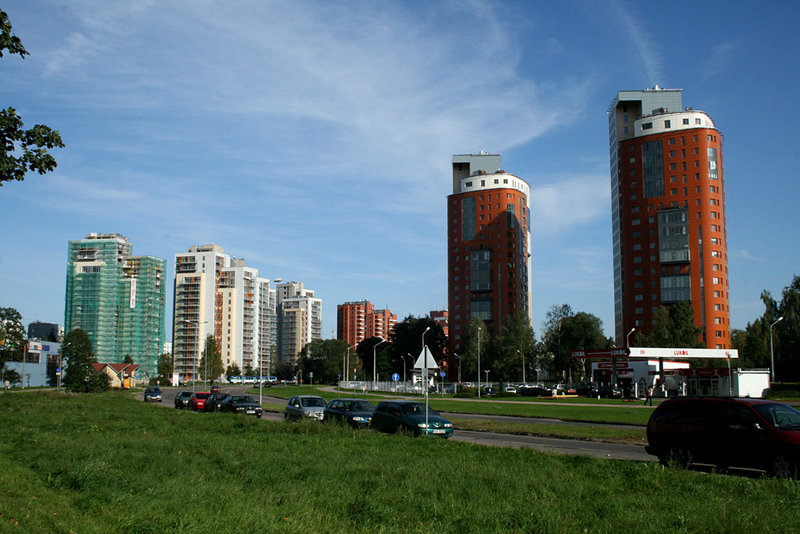
1967. gadā tika izstrādāts Imantas detālplānojums, kas paredzēja, ka Imanta sastāvēs no pieciem radiāli izvietotiem mikrorajoniem ar sabiedrisko ēku kompleksu un parku centrā. Projekts tika realizēts līdz 1975.
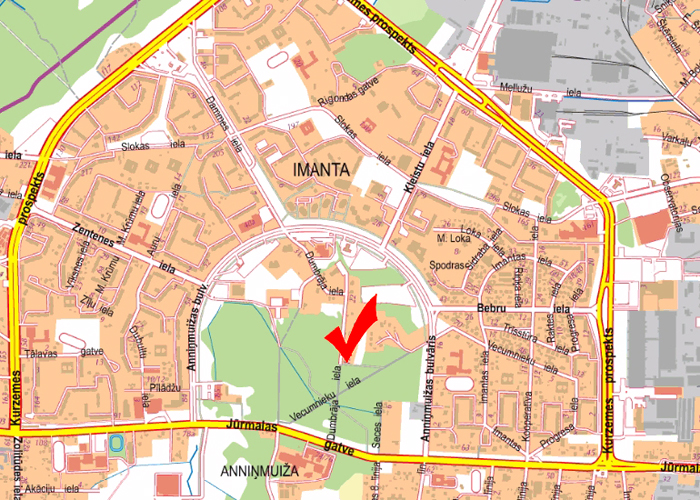
Today, Imanta is one of the largest neighborhoods of Riga in terms of territory.

